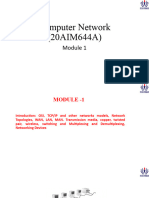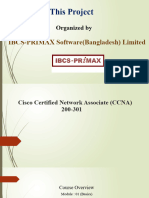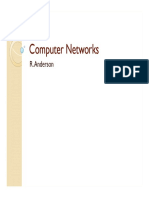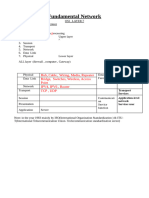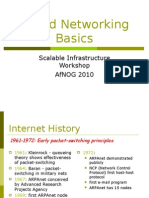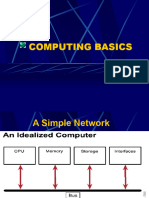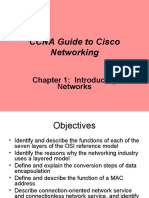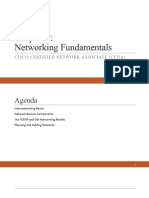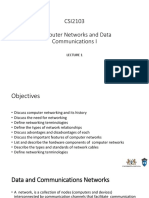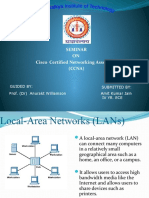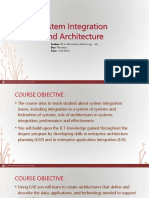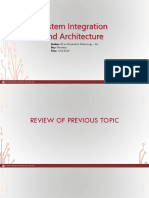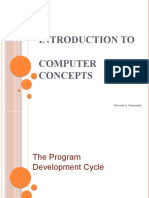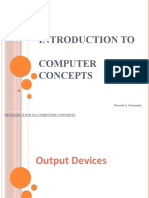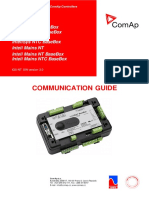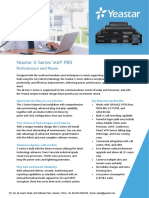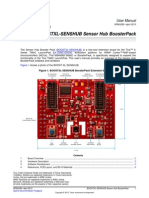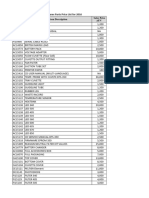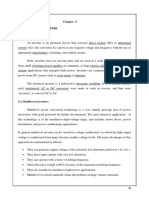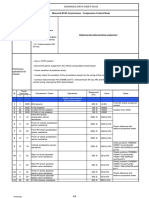0% found this document useful (0 votes)
73 views55 pagesBasic Networking Construct
The document provides an overview of basic computer networking concepts including:
- What a computer network is and examples of common home and office networks
- Connection types like LAN, WLAN, WAN, and examples of technologies used
- Network topologies including bus, ring, star, and hybrid models
- Common networking protocols like TCP/IP and the OSI model layers
- Differences between intranets and the public Internet
Uploaded by
percival fernandezCopyright
© © All Rights Reserved
We take content rights seriously. If you suspect this is your content, claim it here.
Available Formats
Download as PPTX, PDF, TXT or read online on Scribd
0% found this document useful (0 votes)
73 views55 pagesBasic Networking Construct
The document provides an overview of basic computer networking concepts including:
- What a computer network is and examples of common home and office networks
- Connection types like LAN, WLAN, WAN, and examples of technologies used
- Network topologies including bus, ring, star, and hybrid models
- Common networking protocols like TCP/IP and the OSI model layers
- Differences between intranets and the public Internet
Uploaded by
percival fernandezCopyright
© © All Rights Reserved
We take content rights seriously. If you suspect this is your content, claim it here.
Available Formats
Download as PPTX, PDF, TXT or read online on Scribd
/ 55




